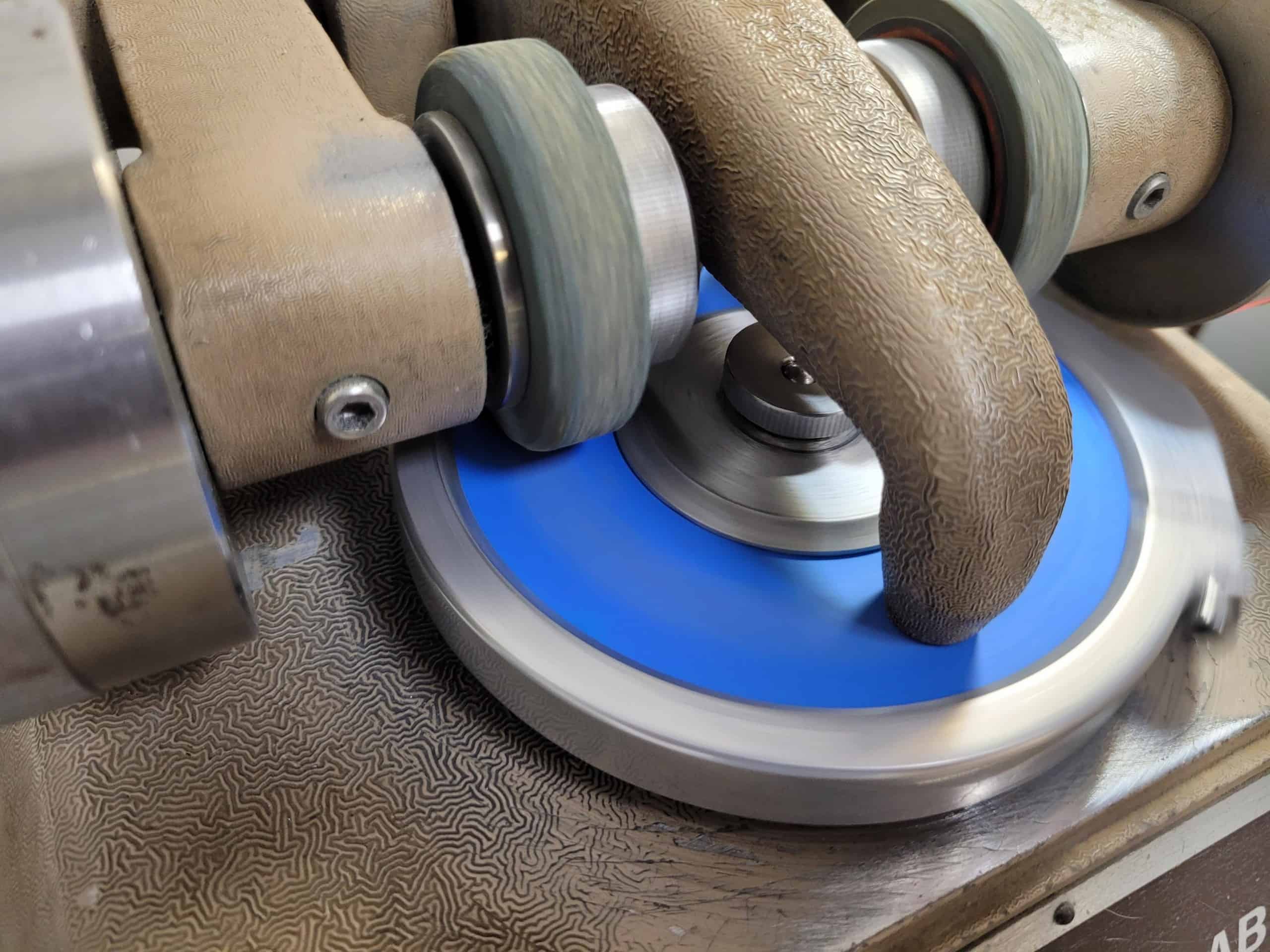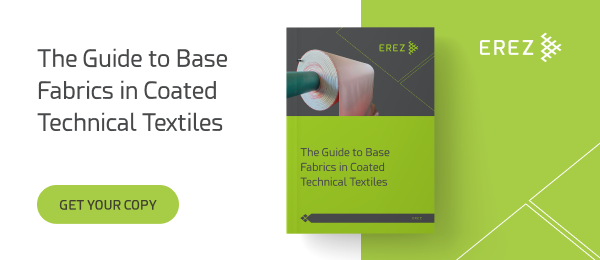Abrasion Resistance Performance Testing
International Standards, coated textile sourcingJun 29, 2022
When it comes to coated textiles, one of the most significant parameters to check is abrasion resistance. Abrasion resistance is essential in maintaining coated textile’s long-term durability and performance.
It’s why determining the proper performance tests to ensure the suitability of coated textiles for your application is a crucial step for manufacturers.
Here’s everything you need to know about this process.
What Is Abrasion Resistance?
Abrasion resistance is simply the term to define the ability of a surface to resist wear and tear. It measures how well a surface can avoid damage due to friction or rubbing. Any material with a high degree of abrasion resistance maintains its original integrity and minimizes wear during use. Abrasion resistance is essential for the long-term durability of the material. It also depends on multiple factors such as polymer, surface finish, hardness of the material, and additives in the polymer.
What Are the Common Tests Methods Used?
Before any product is launched or applied, it undergoes rigorous testing related to multiple scenarios. The following are some common test methods used in the industry for determining the abrasion resistance of a material:
- ASTM D3389: Standard Test Method for Coated Fabrics Abrasion Resistance (Rotary Platform Abrader)
- ASTM D4157: Standard Test Method for Abrasion Resistance of Textile Fabrics (Oscillatory Cylinder Method)
- ASTM D5963: Standard Test Method for Rubber Property—Abrasion Resistance (Rotary Drum Abrader)
- BS EN ISO 5470: Rubber- or plastics-coated fabrics — Determination of abrasion resistance — Part 2: Martindale abrader
- BS ISO 4649: Rubber, vulcanized, or thermoplastic — Determination of abrasion resistance using a rotating cylindrical drum device
- ASTM D1044: Standard Test Method for Resistance of Transparent Plastics to Surface Abrasion by the Taber Abrader
Everything You Need to Know About Rotary Platform Abrader (ASTM D3389).
ASTM D3389, or the Taber Abrasion Test Method, is the most widely accepted test across multiple specifications. The most significant feature that makes this test so familiar is that it can be widely modified to fit various scenarios and applications. The method is mainly used to measure the resistance level of different polymers through the systematic use of abrasive wheels and weights.
How ASTM D3389 Is Performed?
The D3389 process is quite simple. It starts with the simulation of the abrasion with a rotating abrasive wheel. The abrasive wheels continuously move in a circle on a patch of the technical textile in opposite directions. This way, one wheel pushes the abrasive material onto the test specimen and the other pulls it. This way, the test can successfully give you the complete picture by gauging the overall abrasion resistance from all angles relative to the weave pattern of the textile.
TPU vs PVC
There are numerous variations of technical textiles in the industry. Depending on the application, you’ll have to select between different kinds of properties ranging from mechanical strength to abrasion and even chemical resistance.
While there are numerous iterations out there, one of the most common questions in the industry is related to TPU and PVC. Both bring a lot of strengths to the table and have different kinds of properties that make them suitable depending on the application.
In the case of abrasion resistance, TPU is a clear winner. This phenomenon is true in both the field and the lab. In a study, the abrasive resistance of different materials including both TPU and PVC were compared and TPU came out to be a clear winner.
Similarly, the material also has a significant reputation in the market because of its durability and performance. TPU products tend to have better mechanical properties and durability. Moreover, they are also more resistant to many environmental elements because of their abrasion-resisting properties and are a perfect choice for harsher environments. Simply put, TPU is the way to go if you are looking for something durable and versatile that works for a long time.
TPU Or PVC?
By this time, you must be convinced that TPU is indeed the way to go in any case and PVC needs to be avoided. However, that’s not the case. Both PVC and TPU only become the right choice for you based on the nature of your application.
For instance, TPU is the perfect material for Dock Seals, Tapes, Tankers, and other applications where the product is bound to be exposed to harsher environmental elements. However, TPU is not a flame retardant. This means that you’ll have to select PVC for any fire-rated products or applications where flammability can be an issue.
Additionally, price is another factor that might force you to use PVC instead of TPU. PVC costs less than TPU. and that makes it a suitable choice for low-intensity applications where you are not expecting a lot of wear and tear.
Modern PVC-based textiles, however, come with a lot of potential and the capability to handle abrasions. This means that with the right material choice, you can get acceptable abrasion resistance along with fire protection at a very reasonable cost.
Final Thoughts
Abrasion resistance is an integral property for technical textiles. Today, the industry uses TPU or PVC for a variety of applications, and depending on your requirements, both materials can be a good choice for you. The ASTM D389 is among the most prevalent industry standards for abrasion testing and it reveals that TPU is indeed better at resisting wear and tear.
However, abrasion resistance is not the only important factor. There are a lot of considerations for material selection to ensure that the material you select is the best choice for a particular application. Erez is proud to be an industry leader that is more than a simple material supplier. With Erez, you get access to an incredible team of experts that can help you throughout the production process and ensure that you get the best results.

Share this Post



